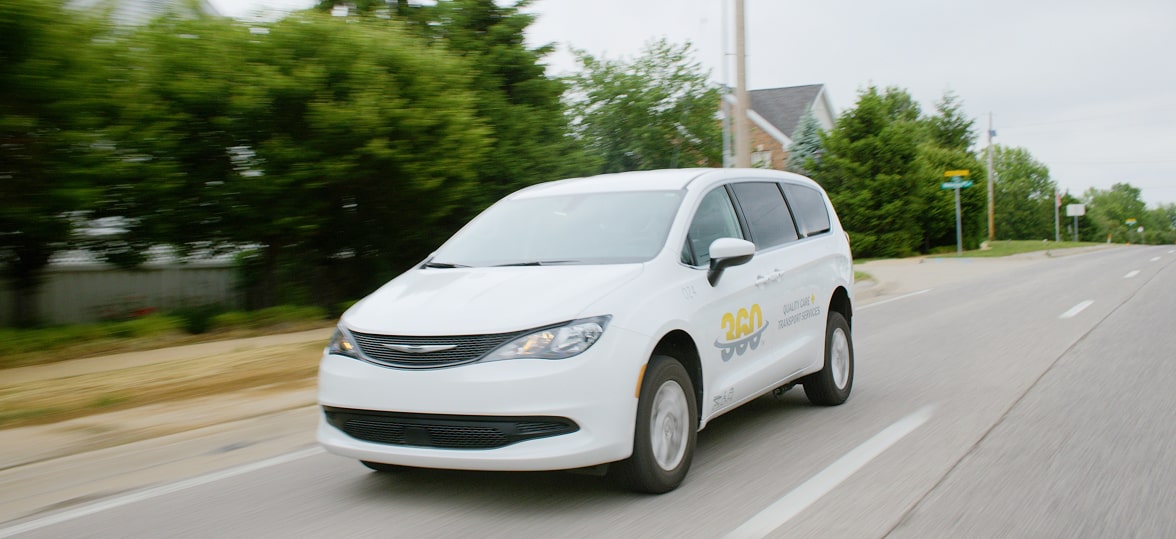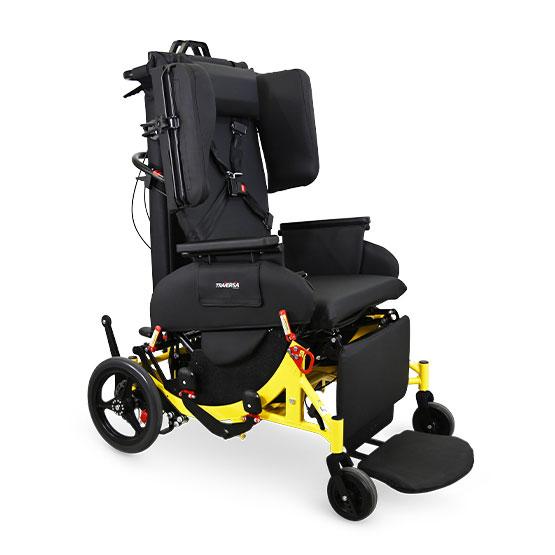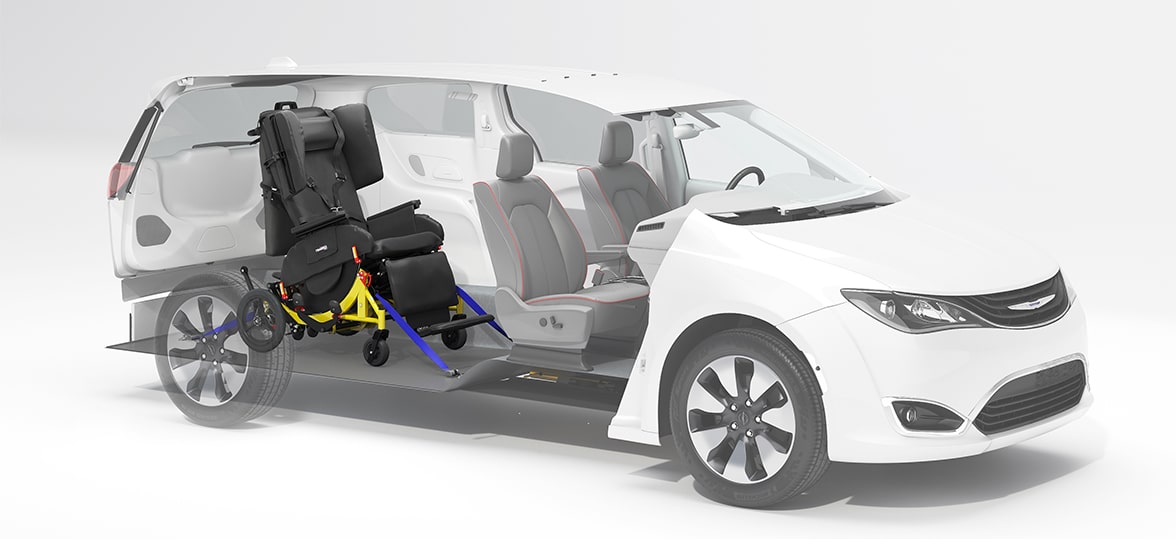For non-emergency medical transportation (NEMT) operators, selecting the right van is more than just a business decision; it’s an investment in your clients’ comfort, safety, and accessibility. Ensuring your fleet is equipped to meet your passengers’ needs, all while adhering to regulations, can set your business apart. Here’s a comprehensive guide on what to consider when making your purchase.
Key Features of an NEMT Van
ADA Compliance
First and foremost, your van must meet all standards set by the Americans with Disabilities Act (ADA). This includes features like a wide, accessible entrance, sufficient space for maneuvering mobility devices, and proper securement systems. ADA compliance ensures your vehicle is accessible and positions your business as inclusive and professional.
Wheelchair Lifts and Ramps
For clients who use wheelchairs, reliable and easy-to-use wheelchair lifts or ramps are essential. These features ensure smooth boarding and exiting, reducing strain for both passengers and staff.
Look for rear-entry vans, as they allow for more space to comfortably maneuver wheelchairs and properly secure them into place. The additional room can make all the difference when you want to save time and reduce errors.

Safety Features
Safety is paramount for NEMT services. Ensure your van includes:
- Wheelchair and stretcher securement systems to keep equipment stable during transit.
- Child safety locks on doors and windows for added security.
- First aid kits and emergency communication devices to address unforeseen situations.
Passenger Comfort
Your clients deserve a smooth and pleasant ride. Look for vans equipped with:
- Ergonomic seating to minimize discomfort during long trips.
- Climate control systems to maintain a comfortable temperature regardless of the weather.
Durability and Reliability
Invest in a vehicle with a reputation for reliability and longevity. NEMT vans are often in constant use, so selecting a durable model reduces downtime and long-term maintenance costs.
Check out reliable, third-party reviews of popular NEMT vehicles to learn the pros and cons of each model. Read opinions from other commercial transportation services or visit the Consumer Reports website for an unbiased look at long-term durability.
Ease of Cleaning & Disinfection
Choose vehicle seating that’s easy to clean and maintain. Many vans have cloth seats, but these can absorb moisture, viruses, and other pathogens that put your passengers at risk. Instead, try non-porous vehicle seating surfaces that you can quickly and easily wipe clean.
Fuel Efficiency
Fuel expenses can quickly eat into your profits. Look for fuel-efficient or hybrid models to lower operating costs. With rising fuel prices, energy-efficient vehicles make a significant difference in your bottom line, especially for growing fleets. As you scale your business, investments in efficiency will go a long way.
Where to Buy an NEMT Van?
NEMT vans are available from several different avenues. First, you will need to decide whether to purchase a or lease a van. You can either purchase a standard van model and pay for conversion or purchase a fully converted wheelchair accessible vehicle (WAV). We recommend finding a dealership that offers pre-converted vans for wheelchair transportation from a reputable company, such as BraunAbility.
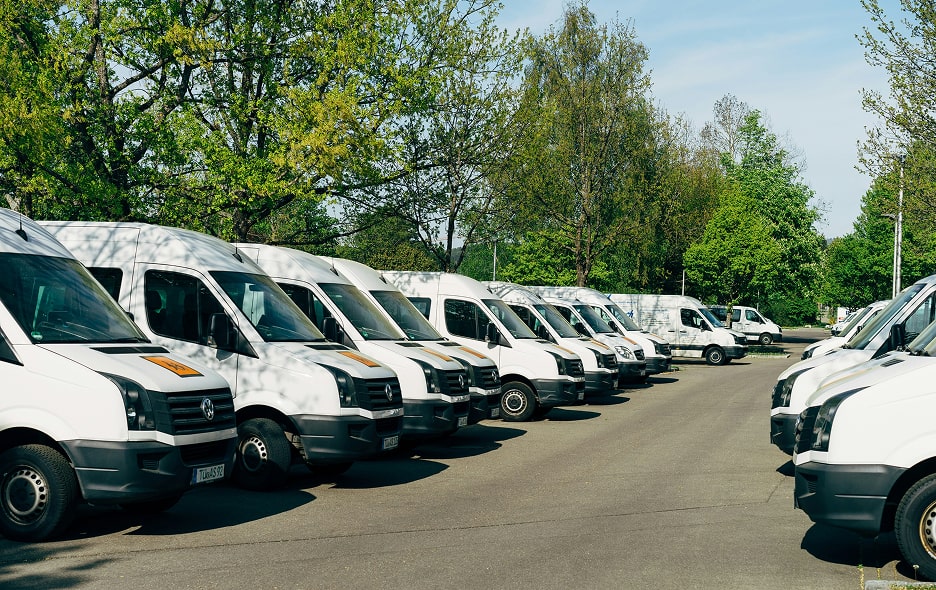
Look for reliable and highly recommended dealerships in your area. Companies such as Model 1 and ADAboy offer quality options with excellent financing packages.
New Vehicles
If you would like a brand-new NEMT vehicle, there are many dealerships and van conversion companies happy to service your needs. Look for a dealer who is flexible on financing options.
Dealers often offer the option to lease an NEMT van. If you’re not sure which model will work best for your business or you want to experiment with adding another vehicle to your fleet, this may be the best option.
Used Vehicles
Pre-Owned NEMT vehicles are available in a variety of locations. Make sure you find a trusted seller. Be cautious purchasing a van from social media groups and online listings unless through a qualified dealer or a trusted source. Industry networking or working through a pre-owned dealership is the best way to ensure you’re getting the best quality for your investment. Always be sure to conduct a thorough test drive and ask if you can have a third-party mechanic check out the vehicle before you purchase.
Regulations to Keep in Mind
Regulatory compliance is a crucial component to running an NEMT business. In addition to the ADA requirements, here are a few areas that you should keep in mind.
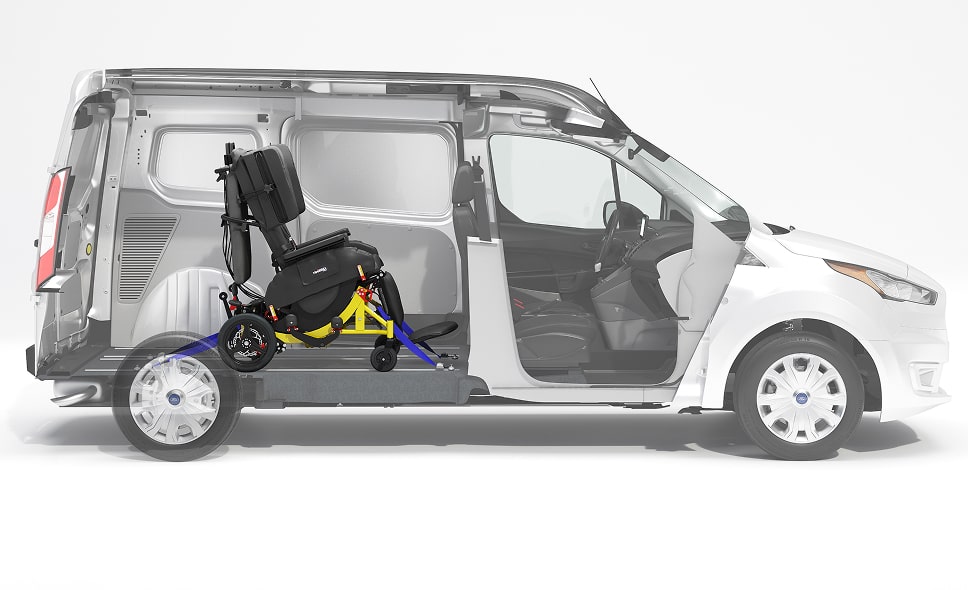
Local and State Transportation Laws
Every state has unique NEMT regulations, from licensing requirements to minimum safety equipment standards. Review your local laws to ensure compliance.
Department of Transportation (DOT) Inspections
All NEMT vehicles must meet safety standards through regular DOT inspections and maintenance schedules. Following these guidelines ensures passenger safety and builds trust.
Vehicle Insurance
Secure comprehensive commercial insurance coverage for your vehicle. This safeguards your business and passengers in case of accidents.
NEMT Van Models: A Comparison Guide
Let’s explore some of the most popular NEMT van models to see which one is best for your business and your budget. The chart below shows some pros and cons of each van, complete with price points and other decision-making factors.
Best Minivans for NEMT
If you’re looking for a compact, budget-friendly vehicle, a minivan may be a great option.
Best Full-Size Vans for NEMT
If you want a vehicle that is roomier and versatile, choose a full-size van. Many full-size NEMT vans have the capacity to accommodate wheelchair users, ambulatory passengers, and even stretchers.
*Vehicle pricing and features are included as examples only and may vary by region and availability. Please consult a vehicle sales professional for an accurate pricing package.
Best Picks by Use Case
For high capacity & rugged service:
- Ford Transit (full-size) – balanced modern tech, drives well, AWD option.
- Chevy Express – tough, proven, bulletproof engine options.
For fuel efficiency & ADA compliance:
- Toyota Sienna Hybrid – excellent MPG and rear-entry ramp.
- Dodge Grand Caravan – low upfront cost, useful for smaller-scale fleets.
For premium service & weather-ready:
- Mercedes Sprinter – AWD, top-tier safety, resale value; choose electric if short-routes allow.
Tips for Selecting the Right NEMT Van
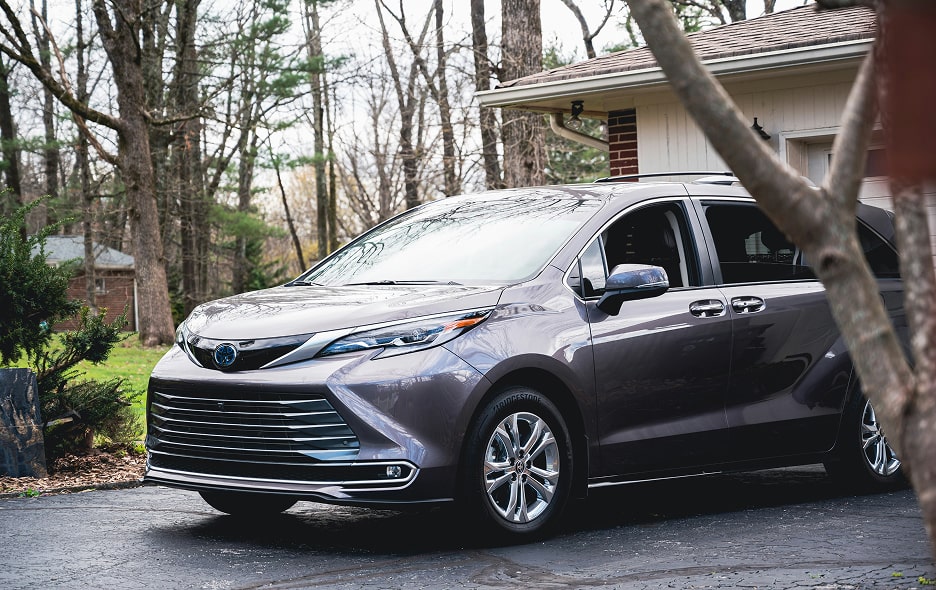
Identify Your Needs
Assess your current client base and their transportation requirements:
- Do most of your passengers use wheelchairs? Or are they ambulatory?
- If you want to service primarily wheelchair users, do you want to use ramps or lifts?
- Do you need a mix of seating and space for stretchers or equipment?
- Do you need to store spare equipment on board your vehicles?
Understanding your clientele helps narrow down vehicle options.
Prioritize Client Feedback
Consider your clients’ comfort and concerns. Feedback on seating comfort, accessibility, aesthetics, and boarding ease can guide you toward the features you need to prioritize.
Evaluate Maintenance Costs
A low upfront cost may seem appealing, but ongoing maintenance expenses can outweigh initial savings. Choose vans with a proven track record for durability and affordable servicing.
Explore Financing Options
New vans can be expensive but are often worth the investment. Look for flexible financing plans or government grants that help ease the financial burden.
Test Drive and Evaluate Accessibility
Before purchasing, take the van for a test drive. Observe how smoothly it handles, inspect accessibility features like wheel ramps or lifts, and ensure all safety measures are functioning correctly.
Choosing the right van is key to your business’s success. A well-chosen van ensures:
- Improved operational efficiency with fewer breakdowns and delays.
- Enhanced client satisfaction by providing comfort and safety.
- Regulatory compliance that protects your operations.
By focusing on the features and regulations outlined above, your NEMT service can build a strong reputation for reliability and care within the community.
Need help selecting the perfect equipment to go with your new NEMT van? Get the Traversa Transport Wheelchair from Broda, an innovative, cost-effective wheelchair solution that caters to NEMT needs.
Frequently Asked Questions (FAQ)
What does WAV stand for in transportation?
WAV stands for Wheelchair Accessible Vehicle. This term refers to vans or other vehicles that have been converted from the standard model to safely accommodate a wheelchair user and their equipment.
Are minivans or full-size vans better for NEMT?
Full-size vans offer space for gurneys + wheelchairs, ideal for high-volume or rural routes. Choose Express/Savana for simplicity or Transit/Sprinter for modern features.
Minivans are cost-effective for smaller-scale operations. The Hybrid Sienna leads in fuel efficiency; the Caravan is the best budget pick; the Odyssey is a solid all-rounder.
